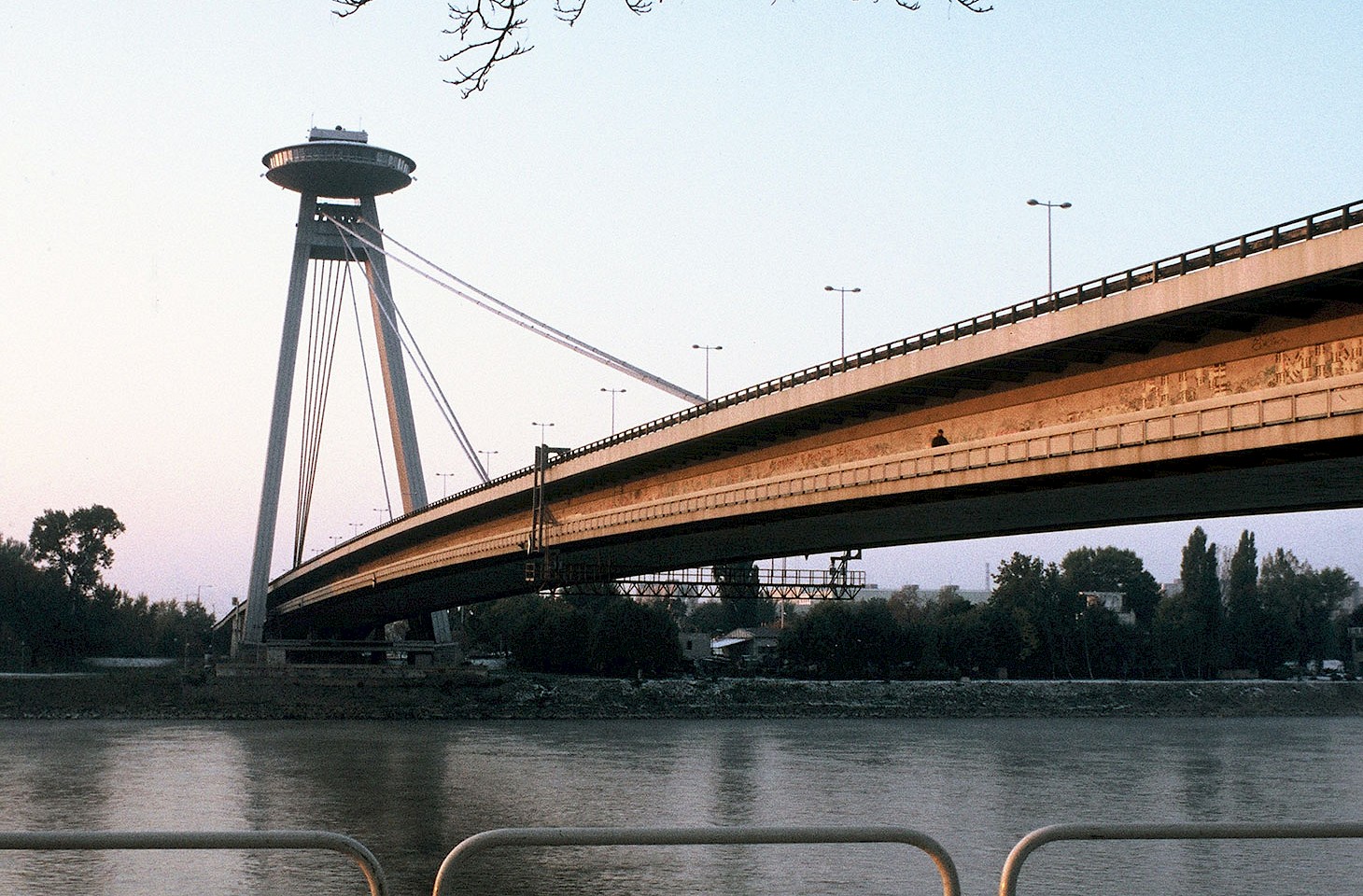From the old monastery on the hillside, the bells peal for the evening Angelus with baroque gravity. Down in the valley a more strident and simpler tune is played as the voluntary fire brigade's brass band calls the faithful for sausages and beer. The church and the voluntary fire brigade vie to stand centre stage in communal life in dozens of villages on either side of the mountains that straddle the Czech-Polish border. In Poland, the church usually comes out as winner, while things are more evenly matched in the Czech Republic where the attraction of sausages and cheap beer can easily outwit devotional zeal. Throw in a big screen television relaying football from afar and, especially when the national team is playing, Czech commitment to the voluntary fire brigade knows no bounds.
The hill country around the point where the territories of Poland, the Czech Republic and Germany converge is heir to a religious heritage that is one of the finest in Europe. And it boasts landscapes that are as varied as the strands of Christianity that are professed in the region. From the rough uplands of the Giant Mountains, where winter snow lingers well into June on north facing slopes that drop down into Poland, to the gentle valleys of northern Bohemia and eastern Saxony, this is an area that remains largely unsung in travel guides and undiscovered by mass tourism.


